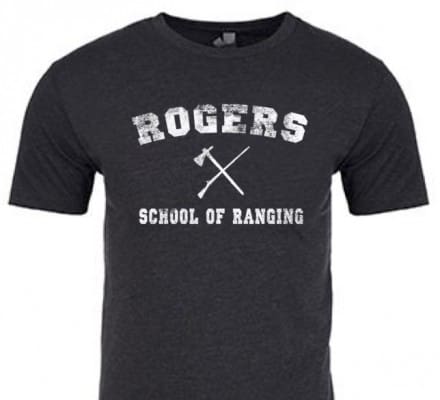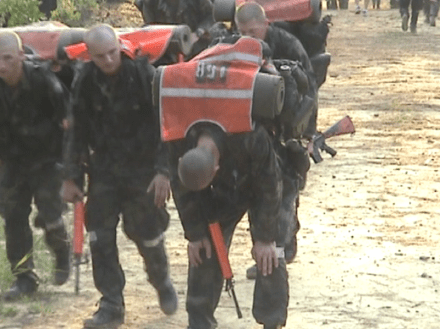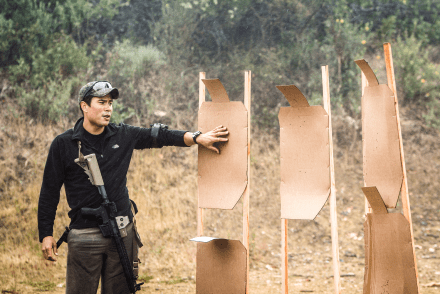The Confirmation Bias Of Search And Assess
Aaron Barruga
June 30, 2015
As tactical shooters we are quick to customize our gear, its layout, and the shooting methodology (or brand) that we subscribe to. Personalization of equipment and the style in which we shoot gives us a sense of pride because it portrays competence absent of words. However, our desire to be taken seriously can create dangerous confirmation biases, in which we do not truly challenge why we perform certain actions. Instead we only utilize skills because they are habit. Consequently, rather than being open to new (or better) techniques, we only take in information that confirms what we already identify with.
Search and assess is a principal example of how an unchallenged technique becomes habit, and only persists due to confirmation bias. Although the debate about the utility of search and assess is not new, it is still a concept that deserves plenty of objective criticism. Search and assess works at the conclusion of a drill on the flat range because you already know where everything is located. You’re “switched on” and know you are performing a drill. Therefore, a shooter is able to rapidly jerk his head left and right so that he can “regain” situational awareness.
*Spoiler Alert*
Search and assess is garbage. This shoot me first dance move completely negates the final fundamental of combat marksmanship-follow through. Although tactical shooters should absolutely regain situational awareness, they should first focus on the known threat. We need to check the work we did with our sights on known threats, before we search and assess new enemies.
Moreover, a gunfight is not over because the enemy falls to the ground or stops returning fire. Ignoring follow through and immediately searching and assessing places a shooter in a dangerous situation. By immediately jerking his head left and right, a shooter forfeits his ability to take immediate and possibly life saving follow-up shots. Although two shots will kill cardboard in a match, two-way ranges may require an entire magazine for a single threat.
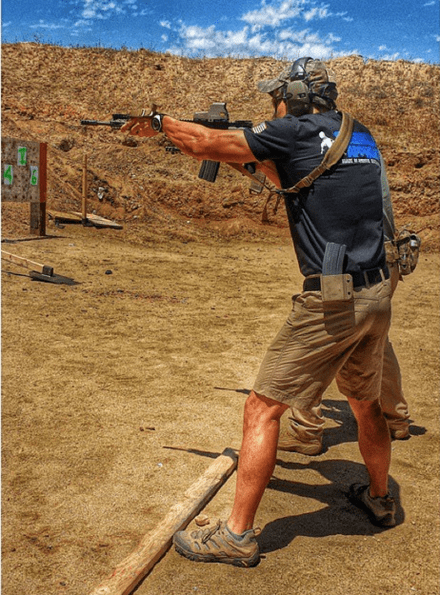
Tactics 101
Shooting at known and suspected enemy locations is taught to even the most junior infantry private. If contact with the enemy is made to the front, it is reasonable to assume there is more enemy to the front. This is obviously not an empirical standard for enemy contact and security, but during the initial ambiguity of a firefight, shooters identify known and suspected enemy locations so that they can determine the layout of the battlefield.
Understandably, maintaining 360-degree security in an infantry platoon is different than performing security as an individual. If no one has your back, it makes absolute sense to check behind your person. However, follow through or immediate movement to cover should be considered beforehand.
Blurred Lines
We can only process information at the quality we receive it. The following example explains why search and assess fails in the real world, but works on the flat range. Without a gun, proceed to a bar, a coffee shop, or any area with some pedestrian traffic. As soon as you enter the establishment, jerk your head left and right at the same speed in which you normally do on the flat range.
I guarantee that you will not be able to identify (1) alternate exits (2) the individuals in the establishment that could kick your ass. Even if you were able to identify the aforementioned, how quickly could you process that information so that it was useful?
If you still feel the need to move your head around to regain situational awareness, you should first scan with your eyes before turning your head. Simply moving your eyes left to right in their sockets will allow you to assess your environment, while leaving your body in an aggressive position that allows you to take immediate follow up shots. Only after you have re-indexed your threats should you consider looking around by moving your head.
Preparing For The Real Fight
Search and assess has proliferated in tactical courses for two reasons. First, the rapid head jerking movements do look operator-ish. Concluding a course of fire with choreographed moves that look crisp and purposeful can appear meaningful and “right.” Second, the artificiality of flat ranges is often overlooked. Flat ranges are utilized best for reinforcing mechanics, not “what if” scenarios.
A former teammate and mentor of mine always spoke out against “what if” training scenarios on the flat range by stating, “The make believe world that you are seeing right now, is different then the make believe world I see.” This comment emphasizes the distractive nature of certain drills when training environments are not used properly.
The search and assess vignette presented in this article relates to the broader issue of judgment. Discussions about tactics can easily lose an objective format because questioning a shooter’s technique can be misinterpreted as challenging his competence. However, if we truly want the tactical shooting discipline to advance, we must divorce emotion from critique, and search and assess why we utilize certain methods.
If we can’t defend our methods beyond stating, “That’s just how I shoot,” then our opinions are unsubstantiated. We may have valid points, but if we can’t put them into proper context (how they apply to the real world) then our arguments should not be taken credibly. As tactical shooters, our training endstate should not be did my techniques work for those drills? Instead, we must ask did those drills prepare me for the real world?
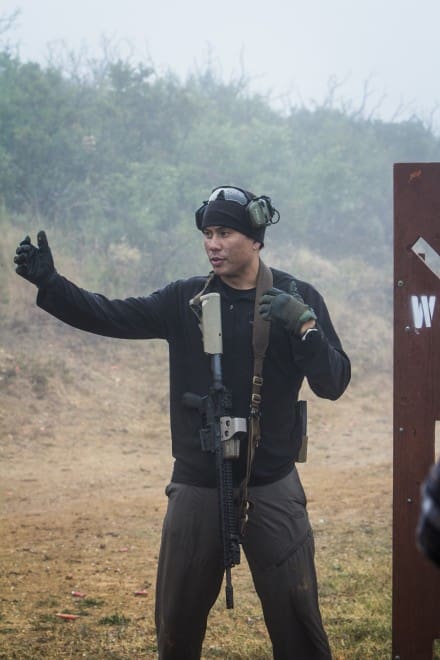
Aaron is a Special Forces veteran and competitive shooter. He hosts classes in Southern California for law enforcement and civilians, and teaches material that focuses maintaining the fundamentals of marksmanship without sacrificing speed. Check out his company’s website and Instagram for more information. (www.guerrillaapproach.com, instagram.com/guerrilla_approach).
This article was first posted at the RE Factor blog and is reposted here at the request of the author and full cognizance of RE Factor in the interest of increased dissemination. I want to thank Aaron and the team at RE Factor for thinking of us.


